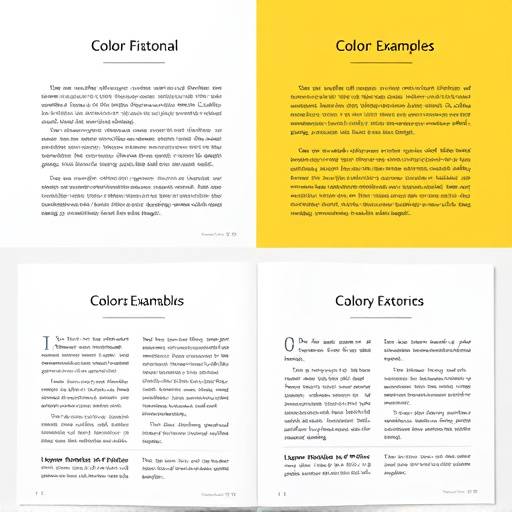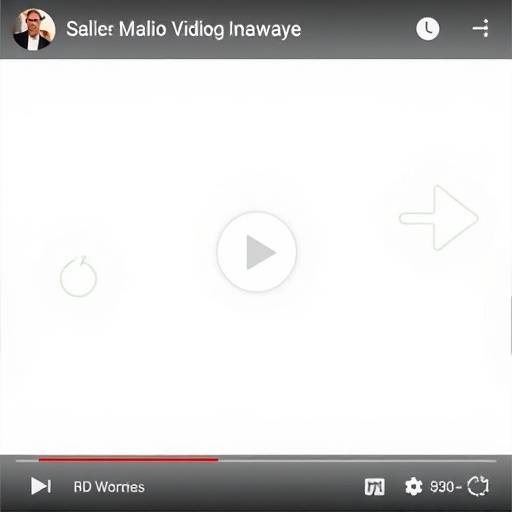Accessibility Statement for Precision Analytics Group
Precision Analytics Group is committed to ensuring digital accessibility for everyone. We are continually improving the user experience for all visitors, and applying the relevant accessibility standards. We are dedicated to providing a website that is accessible to the widest possible audience, regardless of technology or ability.
We strive to conform to the Web Content Accessibility Guidelines (WCAG) 2.1, level AA. These guidelines explain how to make web content more accessible for people with disabilities. Conforming to these guidelines helps make the web more user-friendly for everyone.
Our Commitment to Accessibility
- Inclusive Design: We incorporate accessibility considerations into every stage of our design and development process.
- Regular Audits: We conduct regular accessibility audits of our website to identify and address any potential barriers.
- User Feedback: We value feedback from our users and use it to inform our accessibility efforts.
- Training: Our team members receive training on web accessibility best practices.
Accessibility Features
We have implemented several features to enhance the accessibility of our website:
- Semantic HTML: We use semantic HTML elements to structure our content, making it easier for assistive technologies to understand.
-
Alternative Text:
We provide descriptive alternative text for all images, ensuring that users who cannot see the images can still understand their content.

- Keyboard Navigation: Our website can be navigated using a keyboard, allowing users who cannot use a mouse to access all content.
-
Color Contrast:
We ensure sufficient color contrast between text and background colors to improve readability for users with low vision.

- Resizable Text: Users can easily increase or decrease the text size of our website without losing content or functionality.
- Clear and Consistent Navigation: Our website has a clear and consistent navigation structure, making it easy for users to find what they are looking for.
- Forms Accessibility: All forms on our website are designed to be accessible, with clear labels and instructions for each field.
-
Video Captions:
We provide captions and transcripts for all video content, making it accessible to users who are deaf or hard of hearing.

Specific Accessibility Measures Taken
- Consistent Use of ARIA Attributes: We strategically use ARIA (Accessible Rich Internet Applications) attributes to enhance the accessibility of dynamic content and complex user interface components. This ensures that assistive technologies can accurately interpret and convey the purpose and state of these elements.
-
Focus Management:
We implement robust focus management techniques to ensure that the focus order is logical and predictable as users navigate through interactive elements. This includes using the
tabindexattribute appropriately and programmatically managing focus changes in JavaScript. -
Form Validation and Error Handling:
Our forms include client-side and server-side validation to provide immediate feedback to users about errors. Error messages are clear, concise, and include ARIA attributes to alert assistive technology users. Examples include using
aria-describedbyto associate error messages with form fields. - Keyboard Trap Prevention: We rigorously test to prevent keyboard traps, where a user becomes stuck within a specific element or area of the page and cannot navigate away using the keyboard. We ensure that all interactive elements can be navigated away from using standard keyboard controls.
-
Dynamic Content Updates:
When content updates dynamically, such as through AJAX or JavaScript, we use ARIA live regions (e.g.,
aria-live="polite"oraria-live="assertive") to notify assistive technology users of these changes. This is crucial for providing a seamless experience for users who rely on screen readers. -
Content Structure and Headings:
We maintain a logical and hierarchical content structure by using headings (
h1toh6) in a meaningful order. This helps users and assistive technologies understand the organization and relationships between different sections of the content. - Link Text Clarity: We ensure that all link text is descriptive and provides context about the destination of the link. Avoid generic phrases like "Click here" and instead use phrases like "Learn more about our services" or "Contact our Chicago office."
-
Proper Use of Tables:
When using tables to present tabular data, we include a
<caption>element to provide a descriptive summary of the table's content. We also use thescopeattribute on<th>elements to define the relationships between header cells and data cells.
Known Limitations
Despite our best efforts, there may be some limitations on the accessibility of our website. For example, older PDF documents may not be fully accessible. We are working to address these issues and improve the overall accessibility of our website.
Feedback
We welcome your feedback on the accessibility of our website. Please let us know if you encounter any accessibility barriers or have suggestions for improvement.
You can contact us at:
- Email: [email protected]
- Phone: (312) 555-2020
- Address: 225 W Wacker Dr, Suite 1700, Chicago, IL 60606
We try to respond to feedback within 5 business days.
Formal Complaints
If you are not satisfied with our response, you may file a formal complaint with the U.S. Department of Justice.
Third-Party Content
Our website may contain content provided by third parties. We are not responsible for the accessibility of this content. However, we will make reasonable efforts to ensure that third-party content is accessible.
Ongoing Efforts
We are committed to ongoing accessibility efforts and will continue to improve the accessibility of our website. We will regularly review our website and update our accessibility statement as needed.
Browser Compatibility
Our website is designed to be compatible with a wide range of browsers and assistive technologies. We recommend using the latest version of your browser for the best experience.
Assistive Technologies
We have tested our website with the following assistive technologies:
- JAWS (Job Access With Speech)
- NVDA (NonVisual Desktop Access)
- VoiceOver
Resources
For more information about web accessibility, please visit the following resources:
Accessibility Conformance Report (ACR)
We are currently working on completing an Accessibility Conformance Report (ACR) based on the Voluntary Product Accessibility Template (VPAT). This report will provide a detailed assessment of our website's conformance to WCAG 2.1 Level AA. We will make this report available on our website as soon as it is finalized.
Accessibility Champion Team
Precision Analytics Group has established an internal "Accessibility Champion Team" comprised of employees from various departments, including design, development, content creation, and quality assurance. This team meets regularly to discuss accessibility issues, share best practices, and oversee the implementation of our accessibility strategy. The team is led by Dr. Eleanor Vance, our Senior Accessibility Specialist, who has over 15 years of experience in web accessibility and assistive technologies. Dr. Vance can be reached at [email protected]
Accessibility Training Programs
To ensure that all employees understand and contribute to our accessibility goals, Precision Analytics Group provides ongoing accessibility training programs. These programs cover a wide range of topics, including:
- Introduction to web accessibility and the importance of inclusive design
- Understanding WCAG 2.1 guidelines and success criteria
- Using assistive technologies like screen readers and keyboard navigation
- Creating accessible content, including alternative text, headings, and link text
- Testing websites for accessibility issues and fixing common errors
- Advanced ARIA techniques for building complex, accessible user interfaces
Training is provided in various formats, including online courses, webinars, workshops, and one-on-one mentoring. Completion of accessibility training is a requirement for all new employees, and ongoing training is provided to keep skills up-to-date.
Collaboration with Disability Organizations
Precision Analytics Group actively collaborates with disability organizations in the Chicago area to gain insights and feedback on our accessibility efforts. We participate in local accessibility conferences, workshops, and community events to stay informed about the latest accessibility trends and best practices. We also partner with organizations that provide accessibility testing services to ensure that our website is thoroughly evaluated by users with disabilities.